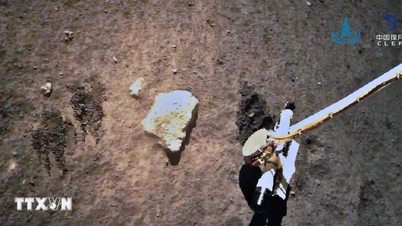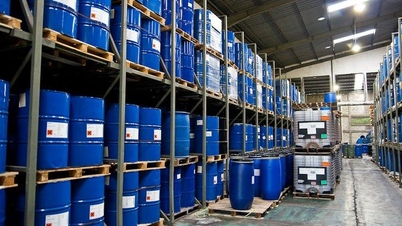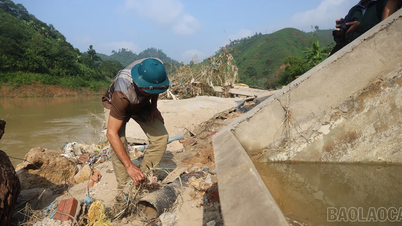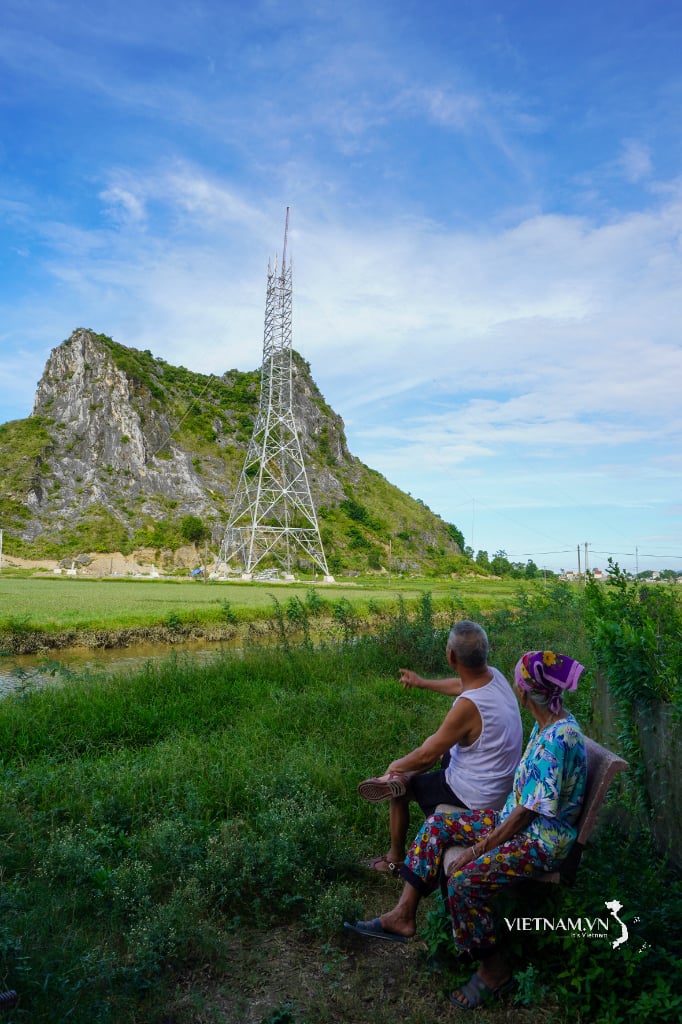Ho Chi Minh City is researching the construction of an underground reservoir under Linh Tay football field with a capacity of 13,000 m³ of rainwater, to reduce flooding in the Thu Duc market area - a hot spot for flooding in recent years. The special feature of this project is the application of Cross-Wave technology - an advanced solution from Japan, applied by many countries in urban flood prevention strategies.

Storage, Offloading, Infiltration: 3 Strategies for Urban Stormwater Control. (Source: Ctc-n.org)
What is Cross-Wave and why was it chosen?
Cross-Wave is a recycled polypropylene modular system, designed as a hollow block with up to 95% porosity, allowing for large volumes of water to be stored in a small space. The blocks are assembled in a 90° cross-stacked structure, providing increased stability without the need for a support frame.
Compared to traditional concrete pools, Cross-Wave has many advantages: fast construction, high load capacity (25-ton trucks can still run on the surface), and flexible installation location under soccer fields, parking lots or parks without taking up ground space. In addition, recycled plastic materials help reduce CO₂ emissions, making them environmentally friendly.
The Cross-Wave system operates on the principle of temporary storage and slow discharge:
- Rainwater collection: Water from the streets and football fields is led into the tank through a collection sewer and a garbage filter.
- Hollow Cavity Storage: Cross-Wave modules form large cavities, reducing pressure on the sewer system during peak rain hours.
- Slow discharge and seepage into the ground: Water is gradually discharged through the regulating valve or seeps into the ground, replenishing groundwater.
- Smart technology integration: Can attach IoT sensors to monitor water level and control automatic discharge, optimizing operating efficiency.

Workers are installing Cross-Wave plastic modules to form underground cavities, preparing for an underground stormwater reservoir system. (Source: Sekisui)

The Cross-Wave underground tank system after completing the assembly, ready to be covered with soil and return the site to the construction above. (Source: Sekisui)
Is the underground pool at Linh Tay football field, Ho Chi Minh City big or small compared to the world?
The Linh Tay underground reservoir in Ho Chi Minh City has a capacity of about 13,000 m³, equivalent to nearly 5 Olympic swimming pools. Although this scale is modest compared to outstanding flood control projects in the world , it needs to be placed in the local context to have a more objective view.
In Copenhagen (Denmark), the underground reservoir at Enghaveparken park has a capacity of about 25,000 m³ – nearly double the project in Linh Tay. However, Copenhagen has a population of only about 800,000 people, with modern drainage infrastructure and lower building density. The construction of the underground reservoir here is mainly to increase resilience to climate change and create multifunctional green space.
Meanwhile, Tokyo (Japan) owns the G-Cans underground drainage system - the largest in the world with a capacity of up to 12 million m³. This system serves 34 million people in Tokyo, including an area with 13 million people, often facing floods from large rivers and storms.

G-Cans underground drainage system of Tokyo, Japan. (Source: Flickr)
Returning to Ho Chi Minh City, where Linh Tay Lake is proposed, the low, basin-shaped terrain, with a difference of nearly 30 meters, causes rainwater from neighboring areas to accumulate. The drainage system here has degraded and silted up, unable to meet current needs. With a population of about 1.2 million people in the Thu Duc area, building an underground lake under the football field is a solution to take advantage of public space, save land funds and increase the ability to regulate local water. Although smaller in scale than international projects, Linh Tay is still a strategic step suitable for the conditions of rapid urbanization and limited budget of Ho Chi Minh City.
In Vietnam, the first reservoir using Cross-Wave in Ho Chi Minh City was installed on Vo Van Ngan Street, Thu Duc, with a capacity of 109 m³. The current Linh Tay project also uses this technology, but on a larger scale.
Source: https://vtcnews.vn/be-ngam-cross-wave-chua-nuoc-giam-lut-hoat-dong-ra-sao-ar969146.html































































































Comment (0)